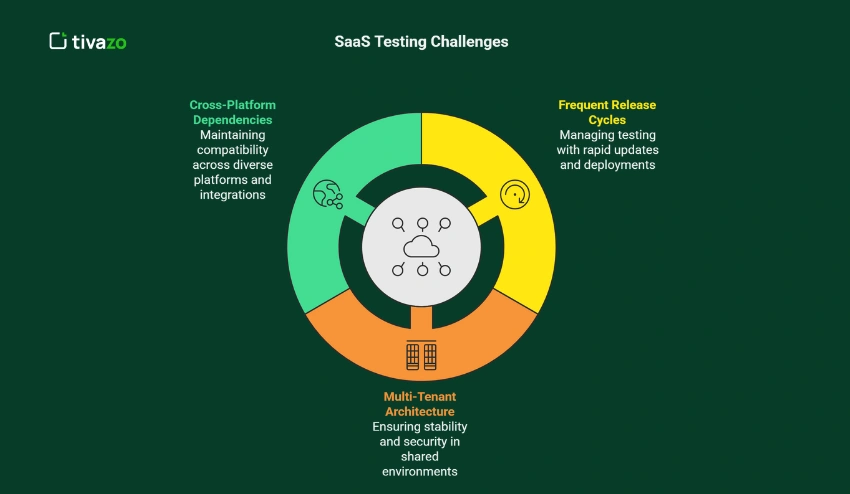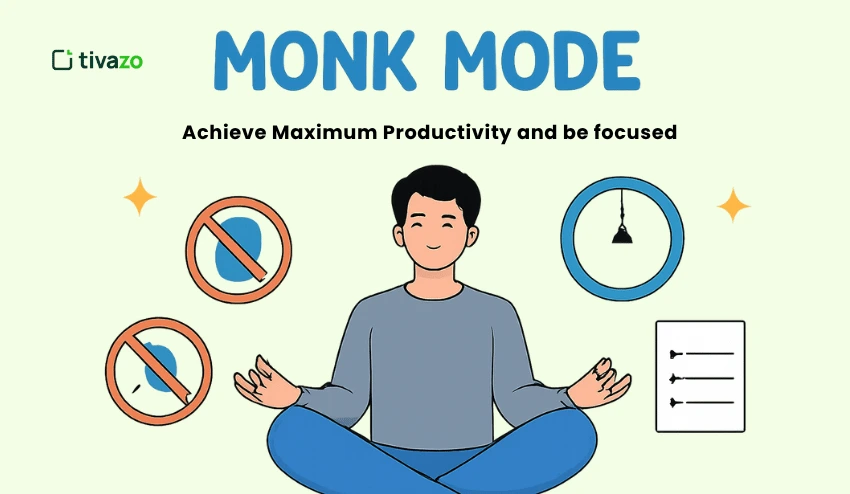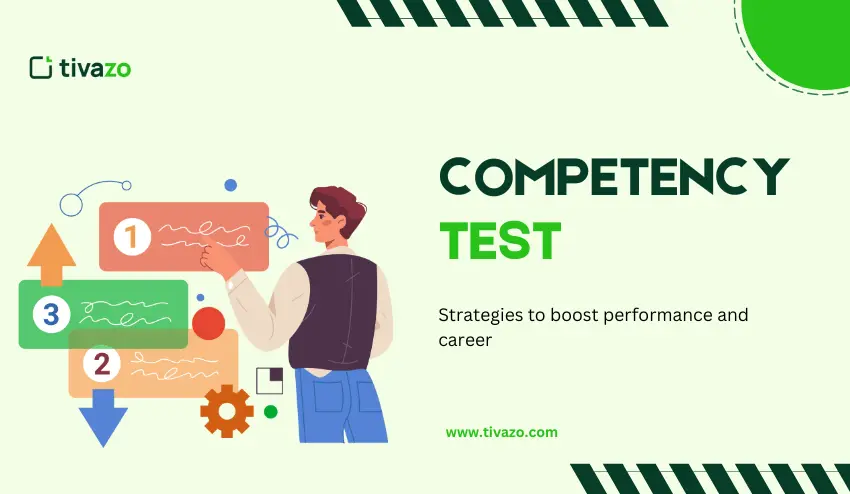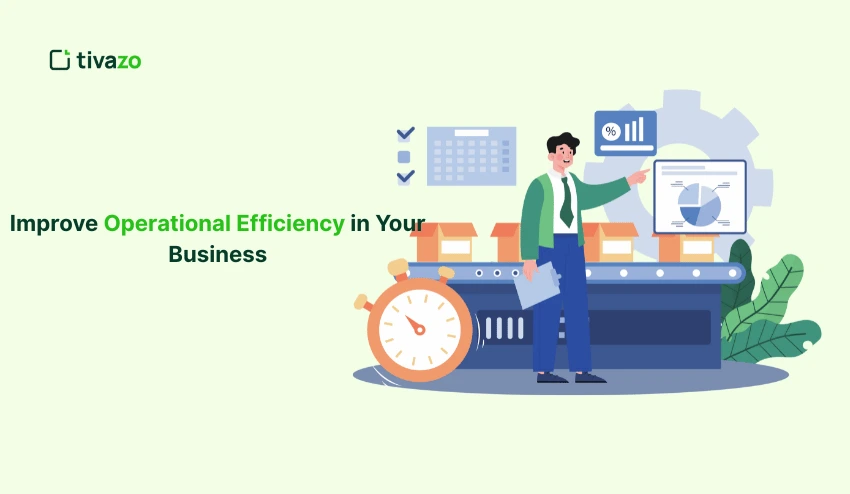SaaS applications are constantly changing with updates coming at rapid intervals, a multi-tenant environment creating testing complexity, and integrations that increase testing scope and pressure for availability, causing a need for faster, better test completion. Traditional manual testing cannot keep up because the pace of change can be rather overwhelming. The result is a longer and more expensive release cycle that can risk quality. When the manual testing process is re-envisioned as AI-powered test automation, the testing landscape is revolutionized.
By leveraging the combination of machine learning, natural language processing, and self-healing properties, AI functionality allows us to optimize for repetitive testing tasks, smartly prioritize test cases, and keep up with UI or API changes that are constantly happening. The outcome is a continuous testing pipeline that allows for agile and DevOps delivery speed with better product quality and customer satisfaction. This article will outline the challenges associated with SaaS testing, the advantages of transitioning from manual tests to automated AI testing, and examples of how to apply AI tests for best value.
Understanding SaaS Testing Challenges

SaaS applications are inherently more complicated to test than traditional software because they typically depend on cloud services, have a multi-tenancy design, and use rapid continuous delivery. These impacts make even the design consideration of testing more complex and require sophisticated and adaptive testing that is often abandoned at the expense of economy and time.
Frequent Release Cycles and Rapid Deployment
SaaS platforms deliver new features and resolve bugs with little notice, on average. Release cycles can change from week to week, which can mean multiple releases or updates per week. Manual testing takes too long to deliver the same levels of regression testing to keep up with the torrent of releases, especially on an accelerated path for tours, and thus too often creates unintentional defects that leak to production and impact end users.
Multi-Tenant Architecture Complexities
Many SaaS instances are used by multiple customers even when they are all using a given application. Each tenant has its own unique set of configurations and data settings. Testing must now ensure updates do not adversely affect the appropriate tenant isolation and the capabilities a tenant expects for security and performance. This is a marked increase in complexity that the independent standalone application architecture in conventional applications does not demand.
Cross-Platform and Integration Dependencies
SaaS solutions typically integrate with multiple APIs, work across multiple browsers, and run on multiple devices. Each of those layers will require additional testing to ensure functionality and resiliency when updating any of the connected systems. Manual testing can not quickly deliver the locomotive testing coverage required for these covering all of these potential touch points; which can create a hugely subjective and error-prone testing sequence.
These challenges provide good context around why testing in modern SaaS requires testing tools that are not only intelligent, but adaptive, and scalable with every change in the application environments; which is another logical start for AI powered test automation.
What is AI Test Automation?
AI Test Automation uses artificial intelligence and machine learning methods to prepare and automate testing procedures. Traditional automation is based largely on defined scripts and scripts, while AI Testing allows the learner to leverage algorithms that adopt and adjust to application behaviors and make the most conducive decisions further into testing cycles.
AI is propelled by many key capabilities – self-healing tests automatically adjust to inspect UI changes, Natural Language Processing (NLP) allows for defining test cases in plain English, and predictive analytics predicts the areas of high risk associated with testing. Using this sort of technology reduces maintenance overhead, speeding the feedback loop tremendously.
In SaaS, as most are built in cloud architecture benefitting continuous Delivery and/or Continuous Deployment capability with rapidly populated development life cycles, concurrent multi-tenancy, and cross-platform integration, allows for fast-paced virtual (think ubiquitous) to planning and decision-making levels of complexity. AI test automation provides the testing assurance needed to ensure good quality outcomes and outcomes at a viable pace in a cloud-based world. AI test automation not only speeds most regression and functional testing, but it also enables continuous testing in a DevOps pipeline. The more we can replace humans in repeated testing process that continuously iterate, the more time your team or members can spend on exploratory and usability testing to ensure these functions are efficiently executed, and the customer experience is optimized.
Why Transition from Manual to AI Test Automation?
Shifting from manual testing to AI-powered automation is no longer optional for SaaS companies aiming to deliver high-quality releases at speed. Manual testing, while valuable for exploratory and usability checks, struggles with the pace and scale of modern SaaS environments. AI-driven tools address these limitations and enable faster, smarter, and more resilient testing.
Limitations of Manual Testing
- Time-Consuming Processes: Regression and repetitive test cases slow release cycles.
- Human Error: Manual execution increases the risk of missed defects.
- Poor Scalability: Difficult to manage testing across frequent updates and integrations.
- High Maintenance: Adapting test scripts to UI or API changes requires constant effort.
Advantages of AI-Powered Automation
- Self-Healing Capabilities: Tests adapt automatically to application changes, reducing upkeep.
- Faster Execution: Parallel test runs significantly cut down testing timelines.
- Risk-Based Prioritization: AI identifies critical areas needing immediate validation.
- Continuous Integration: Seamless alignment with CI/CD pipelines supports agile and DevOps workflows.
- Improved Coverage: Broader validation across devices, browsers, and tenants with less effort.
This transition enables SaaS teams to focus on strategic quality efforts rather than repetitive manual tasks, improving both speed and product reliability.
Core Features of AI Test Automation Tools for SaaS

AI-driven automation tools bring unique capabilities tailored to the fast-paced, multi-tenant environment of SaaS applications. These features ensure faster releases, broader coverage, and reduced maintenance efforts.
Self-Healing Tests
AI testing tools automatically adapt test scripts to changes in UI elements or workflows, eliminating the need for frequent manual updates. This is crucial for SaaS products that undergo constant UI enhancements.
Natural Language Test Creation
Platforms like testRigor allow tests to be written in plain English, enabling even non-technical stakeholders to participate in test design. This reduces dependency on coding skills and accelerates test creation.
Smart Test Prioritization
Machine learning models analyze previous test results and application changes to prioritize high-risk areas, ensuring that critical defects are detected earlier in the cycle.
Visual and Functional Testing
AI tools combine visual validation with functional testing to identify UI discrepancies and functional regressions simultaneously, enhancing overall quality assurance.
Seamless Integration with CI/CD Pipelines
These tools integrate with DevOps workflows, supporting continuous testing across development, staging, and production environments without manual intervention.
By incorporating these features, AI test automation tools streamline SaaS testing, allowing teams to focus on innovation rather than repetitive tasks. Solutions like testRigor exemplify this shift by providing a low-code, adaptive approach ideal for dynamic cloud environments.
Case-study: Using testRigor to Automate Testing for Tivazo
Tivazo is a cloud-based SaaS platform designed for collaborative project management and task tracking. It enables distributed teams to manage workflows, track deliverables, and integrate with multiple third-party tools, ensuring seamless coordination across departments. With frequent feature rollouts and a diverse user base, Tivazo prioritizes maintaining high application performance and user experience, making advanced testing solutions critical to its operations.
Let’s use testRigor to login into this application and see if the dashboard is displaying correctly or not.
Dashboard testing of Tivazo
- Create a test-suite on testRigor by giving its name and the URL of Tivazo as follows:

- Then click on “Add Test Case” to create the test case as shown below:

- The following screen will appear where you can either generate the test case through AI or do it manually.

- Let’s enter the steps to login to Tivazo and see if the dashboard is being displayed correctly or not. After entering the steps, press “Add and Run”.

- Once the test case is run, below are the screenshots of the steps for login and dashboard which will be recorded in testRigor. Notice how testRigor highlights the button that is clicked.

- In the below screenshot, we check if the word “Welcome” displays on the screen or not. If it does, it means testRigor has successfully logged in and the dashboard is being displayed. Notice how testRigor highlights the word “Welcome” on the screen.

- Below is the series of screenshots that display the step by step progression of this test case in the testRigor app.

Best Practices for AI Test Automation in SaaS
AI test automation tools help SaaS applications for sure but it requires a thoughtful approach to maximize its benefits and ensure sustainable quality assurance.
Combine AI Automation with Manual Testing
AI-driven automation accelerates regression and functional tests, but exploratory and usability testing still benefits from human insight. A hybrid approach ensures full coverage.
Prioritize Critical Workflows First
Focus on automating high-value and frequently used features before expanding to secondary functions. This ensures maximum ROI and reduces initial complexity.
Maintain Clean and Secure Test Data
For multi-tenant SaaS environments, ensure data isolation and compliance with privacy regulations. Automating test data generation can improve efficiency and reduce errors.
Integrate with CI/CD Pipelines
Continuous testing within DevOps workflows enables rapid feedback and supports frequent release cycles without manual intervention.
Monitor and Evolve Test Suites
Regularly review AI-generated insights, update test priorities, and fine-tune models to maintain accuracy as the application evolves.
By following these practices, teams can build scalable and adaptive test automation strategies that align with SaaS dynamics. Tools like testRigor make this easier by supporting plain English test creation, reducing maintenance, and integrating seamlessly with modern pipelines.
Final Thoughts
The shift from manual testing to AI-powered automation is redefining how SaaS applications are validated for quality, speed, and reliability. As SaaS products evolve rapidly with frequent updates and complex multi-tenant architectures, traditional testing approaches often fail to keep pace, resulting in longer release cycles and higher risks of defects in production.
AI test automation addresses these challenges by introducing self-healing scripts, natural language test creation, and intelligent prioritization of critical workflows. These capabilities not only reduce maintenance overhead but also ensure seamless integration with agile and DevOps practices, enabling continuous testing throughout the delivery pipeline.
Real-world implementations, like Tivazo’s use of testRigor, demonstrate tangible benefits, faster regression cycles, minimal manual intervention, and improved release confidence. By adopting best practices and focusing on high-value test scenarios, teams can maximize ROI while delivering exceptional user experiences.
Organizations that embrace AI-driven testing are better equipped to adapt to evolving business needs, respond quickly to market demands, and maintain a competitive edge. The future of SaaS testing lies in this intelligent, automated approach where quality assurance becomes as agile and dynamic as the applications it supports.




